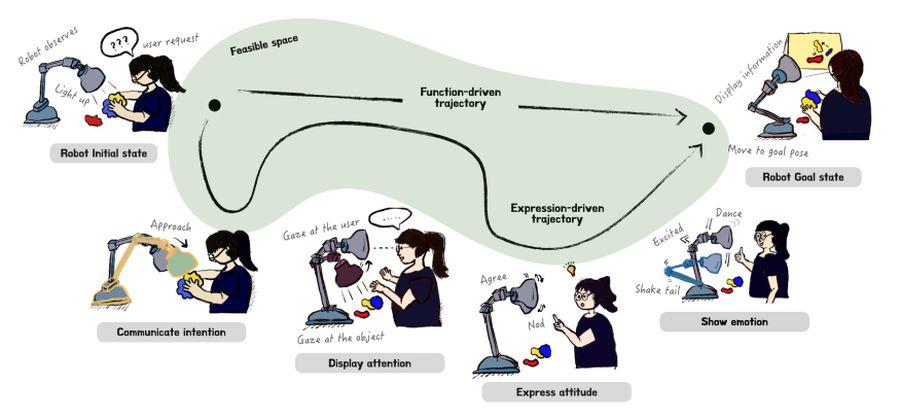Apple is reportedly exploring humanoid and non-humanoid robots, as revealed by analyst Ming-Chi Kuo. The information follows a research paper from Apple examining human interactions with “non-anthropomorphic” robots, specifically a Pixar-style lamp.
Apple explores humanoid and non-humanoid robotics development
Although the research paper offers insights into potential consumer robots, it highlights that Apple remains in the early stages of research in robotics. Kuo classifies the current work as “early proof-of-concept,” noting similarities to the early stage at which the Apple Car project was abandoned. He predicts that mass production of Apple’s robots may not begin until 2028, citing current progress and development cycles.
What differentiates this robotics initiative from other projects at Apple, such as the rumored foldable iPhone, is the level of openness displayed by the company. This transparency is unusual for Apple, which typically maintains a tight lid on project details, as seen recently when it requested a public apology from a former iOS engineer over leaked Vision Pro information.
Video: Apple
Kuo suggests that the use of terms like “non-anthropomorphic” indicates Apple’s focus on how users perceive robots rather than their physical appearance. He adds, “while the industry debates the merits of humanoid vs. non-humanoid designs,” Supply chain insights suggest that Apple prioritizes the functionality of sensing hardware and software in its robotics.
Broadly understood, “anthropomorphic” applies to robotic systems that exhibit human-like characteristics without being exact replicas of a human body. Currently, Apple is experimenting with a range of designs, from simple robots to complex humanoid systems.
The concept of proof-of-concept systems relates to a “future smart home ecosystem,” which could include various products, such as a humanoid designed for household chores or a smart home display that features a mechanical arm. Recent leaks suggest a focus on practical, more achievable designs, rather than an immediate introduction of complex humanoids capable of complex tasks, like doing laundry.
Several companies, including 1X, Figure, and Apptronik, are researching transitions from industrial humanoids to home use. However, price and reliability remain major challenges. The first consumer humanoids are expected to be costly, following experiences with Apple’s $3,499 Vision Pro. The current goal for these industrial humanoids is to achieve reliable production at scale to reduce costs over time.

Considering Apple’s prior challenges with the Apple Car, Vision Pro, and Apple Intelligence, the company is likely taking a cautious approach to robotics. While Apple has historically succeeded in popularizing existing product categories, the landscape of home robotics has seen numerous failures, a concern mirrored in the broader smart home sector.
Kuo reaffirmed that Apple is actively investigating robotics but emphasized it is early in the product development cycle. He noted that the proof-of-concept stage serves as a testing ground to evaluate the viability of core technologies and product concepts.
In the stock market, Apple shares rose 1.8% to close at $236.87, currently in a seven-week consolidation pattern. The official buy point is set at $260.10, coinciding with the stock’s all-time high reached on December 26. An early-entry buy point around $240 may emerge if the stock surpasses its 50-day moving average, with a potential alternative entry at the January 31 high of $247.19.
Apple is not the only tech giant pursuing humanoid robotics; Tesla is developing a humanoid robot named Optimus. Other companies in the market include Agility Robotics, Boston Dynamics, Figure AI, and Unitree Robotics. Concurrently, Nvidia is promoting its processors and software tools for the development of humanoid and other robotic systems.
Featured image credit: Arteum.ro/Unsplash






